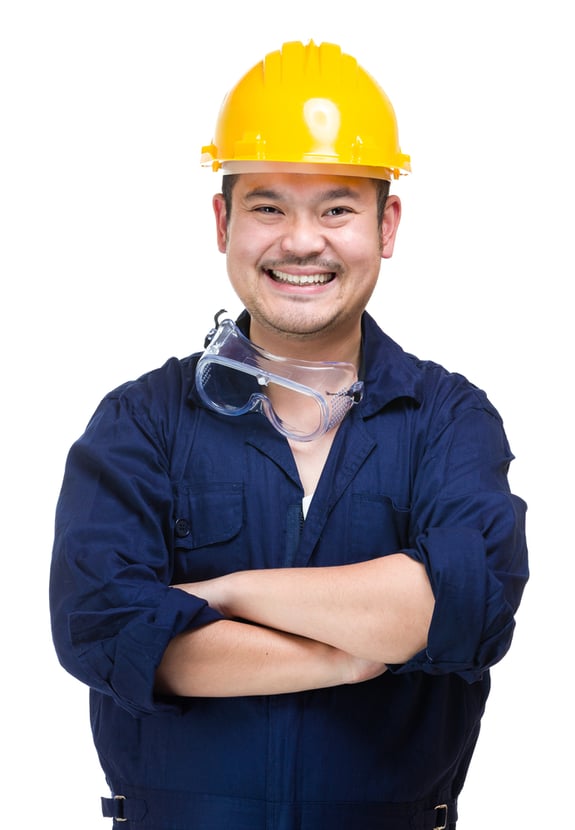Eye injuries in the service department are common. Imagine a situation where a bolt shatters as it is being tightened, and the metal shards are sent flying towards a technician’s eyes. If the technician is wearing the appropriate safety glasses or goggles, the metal will bounce off of the lenses. If not, there could be a huge price to pay, and one less technician.
The Occupational Safety and Health Administration (OSHA) refers to safety gear as Personal Protective Equipment or PPE. We prefer the term, Safety Gear. Whatever you call it, safety glasses, goggles, shields, shoes, gloves, and respirators keep employees safe in the fixed operations departments.Written Safety Gear Assessments, gauging the need for items like safety glasses, are necessary at your dealership. “The employer shall assess the workplace to determine if hazards are present, or are likely to be present, which necessitate the use of personal protective equipment (PPE).” 29 C.F.R. 1910.132(d)(2). It is also necessary for dealerships to make certain that safety gear is used and maintained, and that employees are trained on how and when to use the safety gear.
There are multiple questions that arise when it comes to eye protection. Who supplies the eye protection, and at who’s cost? Are there standards for the eye protection?
To be brief, dealers are required to supply and pay for eye protection. Dealers are also required to pay for replacements when damaged, unless the damage was deliberate.
There are standards for the issuance of eye protection. The American National Standards Institute (ANSI) approves and issues the testing standards and guidelines to protect consumers from real life hazards. Genuine eye protection is stamped with “ANSI” and additional lettering and numbering:
- If they are designed to protect from impact, the mark should read ANSI Z87.1-2015+.
- If they are designed to protect from dust and debris, the mark should read ANSI Z87.1-2015 D4.
- If they are designed to protect against spray and droplets, the mark should read ANSI Z87.1-2015 D3.
- Welding protection varies with the type of welding that is performed.
Impact protection is recommended for everyone in the service department. Spray and droplet protection is recommended for those who wash or prep vehicles. Do not purchase safety glasses that do not have the proper ANSI markings. Employee owned equipment must be inspected to ensure that it offers genuine protection; otherwise, the employee owned equipment cannot be used.
To take the guesswork out of your purchases, work with an experienced vendor who only sells compliant safety glasses and goggles. While acquiring the proper safety gear is important, it is only half the battle. It is also the dealership’s responsibility to train employees on the proper use of safety gear, and to assure that the equipment is used whenever appropriate.

